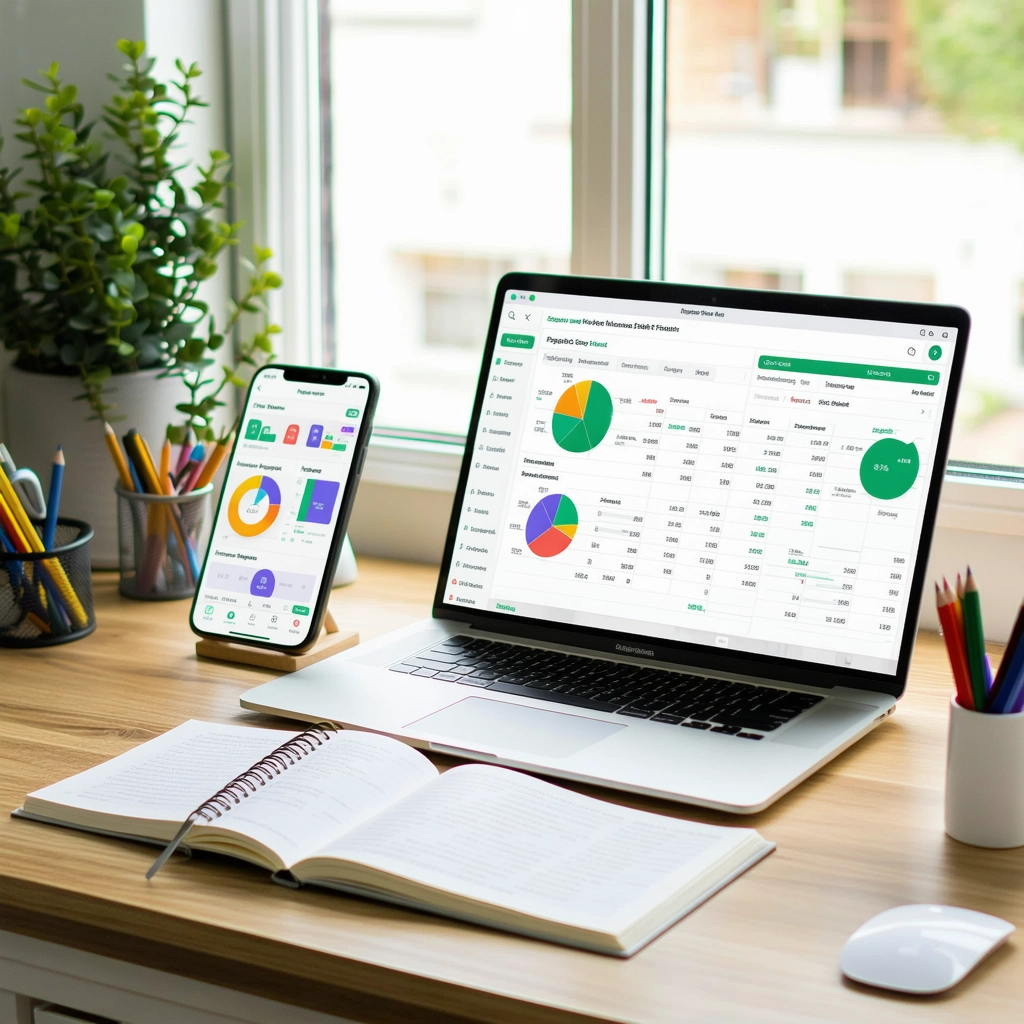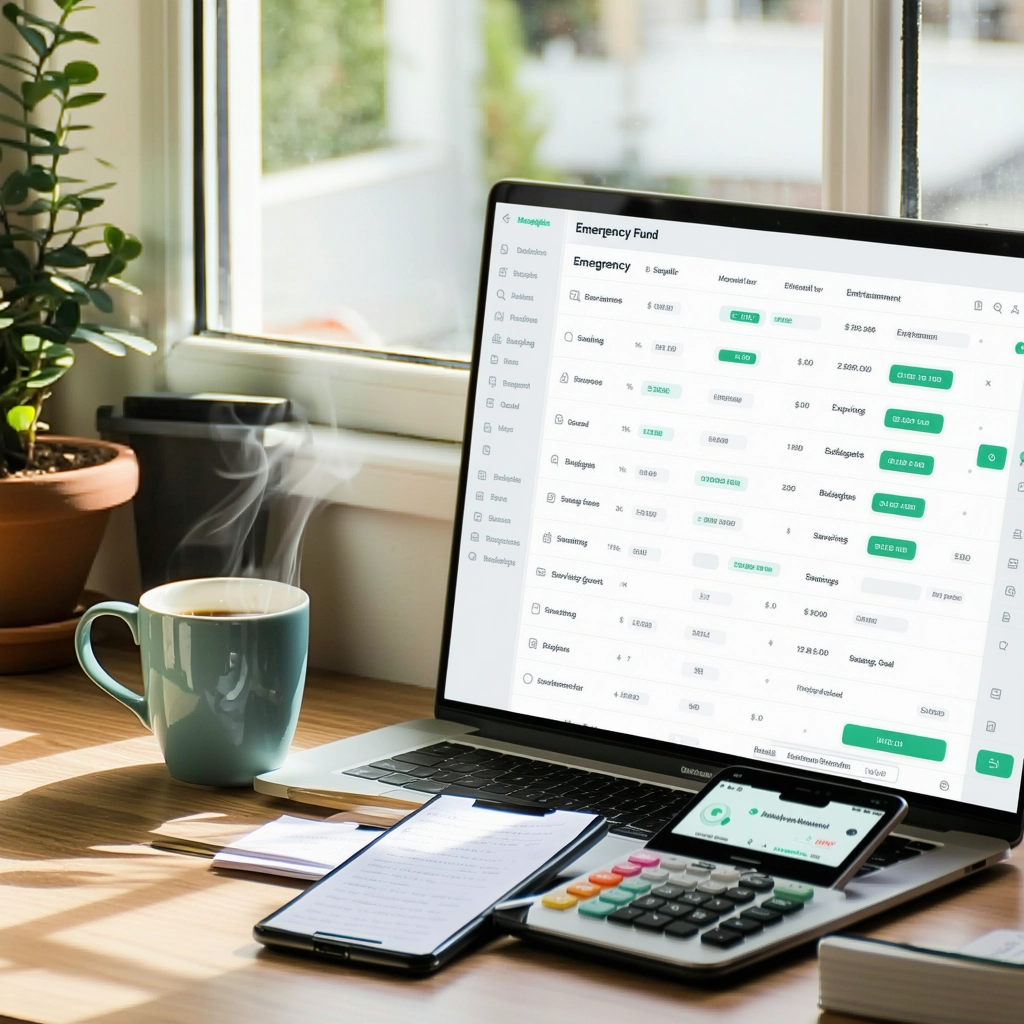How much should you have in savings if you have debt?

Managing personal finances can be a delicate balancing act, especially when juggling both savings and debt. While it’s essential to build a financial safety net, carrying debt can complicate the equation. How much should you prioritize saving when you still owe money?
The answer depends on factors like the type of debt, interest rates, and your financial goals. Striking the right balance between paying off debt and maintaining savings is crucial for long-term stability.
This article explores practical strategies to help you determine how much to save while managing debt, ensuring you’re prepared for emergencies without compromising your financial health.
This content may interest you! How much does Dave Ramsey say to have in savings?
How much does Dave Ramsey say to have in savings?How Much Should You Have in Savings If You Have Debt?
Balancing savings and debt repayment is a common financial challenge. While it’s essential to pay off debt to avoid high interest rates and improve your financial health, having an emergency fund is equally important to protect yourself from unexpected expenses.
The ideal amount to save while managing debt depends on your financial situation, the type of debt, and your risk tolerance. A good rule of thumb is to prioritize a small emergency fund (e.g., $1,000) before aggressively paying off debt, and then gradually build your savings to cover 3-6 months of living expenses once your high-interest debt is under control.
Why Should You Prioritize a Small Emergency Fund?
Having a small emergency fund (around $1,000) is crucial because it provides a financial cushion for unexpected expenses, such as car repairs or medical bills. Without this safety net, you might rely on credit cards or loans, which can increase your debt.
This content may interest you! What is the 70 20 10 budget rule?
What is the 70 20 10 budget rule?By setting aside a small amount, you can avoid derailing your debt repayment plan and stay on track financially.
How to Balance Debt Repayment and Savings?
Balancing debt repayment and savings requires a strategic approach. Start by listing all your debts and their interest rates. Focus on paying off high-interest debt first, such as credit cards, while maintaining a small emergency fund.
Once high-interest debt is under control, allocate more funds to build your savings to cover 3-6 months of living expenses. This approach ensures you’re prepared for emergencies while reducing costly debt.
This content may interest you! What is the 50/20/30 budget rule?
What is the 50/20/30 budget rule?What Factors Influence Your Savings Goal?
Several factors influence how much you should save while managing debt, including your income stability, monthly expenses, and debt interest rates. If your job is secure and your expenses are low, you might prioritize debt repayment.
However, if your income is irregular or you have dependents, building a larger emergency fund should take precedence. Always assess your personal circumstances to determine the right balance.
| Financial Priority | Action |
|---|---|
| Small Emergency Fund | Save $1,000 before aggressive debt repayment. |
| High-Interest Debt | Focus on paying off credit cards and loans with high interest rates. |
| Larger Emergency Fund | Build savings to cover 3-6 months of living expenses after controlling high-interest debt. |
How much should you save if you have debt?
How to Balance Saving and Paying Off Debt
Balancing saving and paying off debt requires a strategic approach to ensure financial stability. Here are some key steps to consider:
This content may interest you! What is the 60/20/20 budget rule?
What is the 60/20/20 budget rule?- Assess your total debt and interest rates to prioritize high-interest debts.
- Create a budget that allocates a portion of your income to both savings and debt repayment.
- Set up an emergency fund with at least $1,000 before aggressively paying off debt to avoid further borrowing.
How Much to Save While Paying Off Debt
Determining how much to save while paying off debt depends on your financial situation. Here are some guidelines to follow:
- Save a small percentage of your income, such as 5-10%, while focusing on debt repayment.
- Adjust your savings rate based on the urgency of your debt and financial goals.
- Consider automating savings to ensure consistency without neglecting debt payments.
Strategies for Managing Debt and Building Savings
Managing debt and building savings simultaneously requires careful planning. Here are effective strategies to implement:
- Use the debt snowball or avalanche method to systematically pay off debts while saving.
- Cut unnecessary expenses to free up more money for both savings and debt repayment.
- Explore additional income sources to accelerate debt payoff and increase savings contributions.
Can you have savings if you have debt?
Understanding the Relationship Between Savings and Debt
Yes, it is possible to have savings even if you have debt, but it requires careful financial planning and prioritization. Balancing both savings and debt repayment can help you build financial security while managing your obligations. Here are some key points to consider:
This content may interest you! What is the 40-40-20 budget rule?
What is the 40-40-20 budget rule?- Having savings provides a financial cushion for emergencies, reducing the need to take on additional debt in case of unexpected expenses.
- Paying off high-interest debt should generally take priority, as the interest can grow faster than the returns on savings.
- Creating a budget that allocates funds to both savings and debt repayment can help you achieve both goals over time.
Strategies for Building Savings While Managing Debt
To effectively build savings while managing debt, you need a structured approach. Here are some strategies to help you achieve this balance:
- Start by setting up an emergency fund with a small goal, such as $500 or $1,000, to cover unexpected expenses.
- Focus on paying off high-interest debt first, as it can quickly erode your financial stability.
- Automate savings contributions to ensure consistency, even if the amount is small initially.
Common Mistakes to Avoid When Balancing Savings and Debt
While managing both savings and debt, it’s easy to make mistakes that can hinder your financial progress. Here are some common pitfalls to avoid:
- Neglecting to create a budget, which can lead to overspending and insufficient funds for savings or debt repayment.
- Focusing solely on paying off debt without setting aside any money for emergencies, leaving you vulnerable to financial shocks.
- Ignoring low-interest debt while prioritizing savings, which may result in missed opportunities to reduce overall debt faster.
Is it worth it to save money when you are in debt?
Why Saving Money While in Debt Can Be Beneficial
Saving money while in debt can provide a financial safety net and help you avoid further debt. Here are some reasons why it might be worth it:
This content may interest you! Should I invest while I have debt?
Should I invest while I have debt?- Emergency Fund: Having savings can prevent you from relying on credit cards or loans during unexpected expenses, such as medical bills or car repairs.
- Peace of Mind: Knowing you have some savings can reduce stress and help you focus on paying off your debt more effectively.
- Interest Savings: By avoiding additional debt, you save on high-interest payments that can accumulate over time.
How to Balance Saving and Paying Off Debt
Balancing saving and debt repayment requires a strategic approach. Here’s how you can manage both:
- Prioritize High-Interest Debt: Focus on paying off high-interest debts first, as they cost you more over time.
- Set a Small Savings Goal: Start by saving a small amount, such as $500, to cover minor emergencies while still allocating most of your income to debt repayment.
- Automate Savings: Set up automatic transfers to a savings account to ensure you consistently save without thinking about it.
When Saving Money While in Debt Might Not Make Sense
In some cases, saving money while in debt may not be the best strategy. Consider the following scenarios:
- High-Interest Debt: If your debt has a very high interest rate, it might be better to focus entirely on paying it off before saving.
- Limited Income: If your income is barely covering essential expenses, saving might not be feasible until your financial situation improves.
- No Emergency Fund: If you have no savings at all, it might be wiser to build a small emergency fund first before aggressively paying off debt.
Is $30,000 in debt a lot?
Understanding the Context of $30,000 in Debt
Whether $30,000 in debt is considered a lot depends on the context and individual circumstances. For some, this amount may be manageable, while for others, it could be overwhelming. Key factors to consider include:
This content may interest you! How can I reduce my debt fast?
How can I reduce my debt fast?- The type of debt: Student loans, credit card debt, or a mortgage have different implications.
- Income level: Higher income may make repayment easier, while lower income could make it challenging.
- Interest rates: High-interest debt can grow quickly, making $30,000 harder to pay off over time.
Comparing $30,000 in Debt to Average Debt Levels
To assess whether $30,000 is a significant amount, it’s helpful to compare it to average debt levels. For example:
- The average U.S. household carries approximately $104,215 in debt, including mortgages.
- Student loan debt averages around $37,000 per borrower, making $30,000 relatively close to the norm.
- Credit card debt averages about $6,000 per person, so $30,000 would be substantially higher in this category.
Strategies for Managing $30,000 in Debt
If you have $30,000 in debt, there are several strategies to manage and reduce it effectively:
- Create a budget: Track income and expenses to allocate funds toward debt repayment.
- Prioritize high-interest debt: Focus on paying off debts with the highest interest rates first.
- Consider debt consolidation: Combining multiple debts into one loan with a lower interest rate can simplify repayment.
Frequently Asked Questions
How much should you save while paying off debt?
It’s recommended to save a small emergency fund of $1,000-$2,000 while paying off debt. This ensures you have a safety net for unexpected expenses without derailing your debt repayment plan. Once your debt is under control, you can focus on building a larger savings cushion.
Should I prioritize savings or debt repayment?
Prioritize high-interest debt repayment first, as it costs more over time. However, maintain a minimal emergency fund to avoid relying on credit for emergencies. Once high-interest debt is paid off, allocate more toward savings while continuing to manage lower-interest debt.
What percentage of income should go to savings if I have debt?
Aim to allocate 10-20% of your income toward savings and debt combined. Adjust based on your financial situation, focusing more on debt if interest rates are high. Even small savings contributions can build financial security over time.
Can I save for retirement while paying off debt?
Yes, contribute enough to your retirement plan to get any employer match, as it’s free money. Then, focus on paying off high-interest debt. Balancing both ensures long-term financial growth while reducing debt burdens.

Leave a Reply